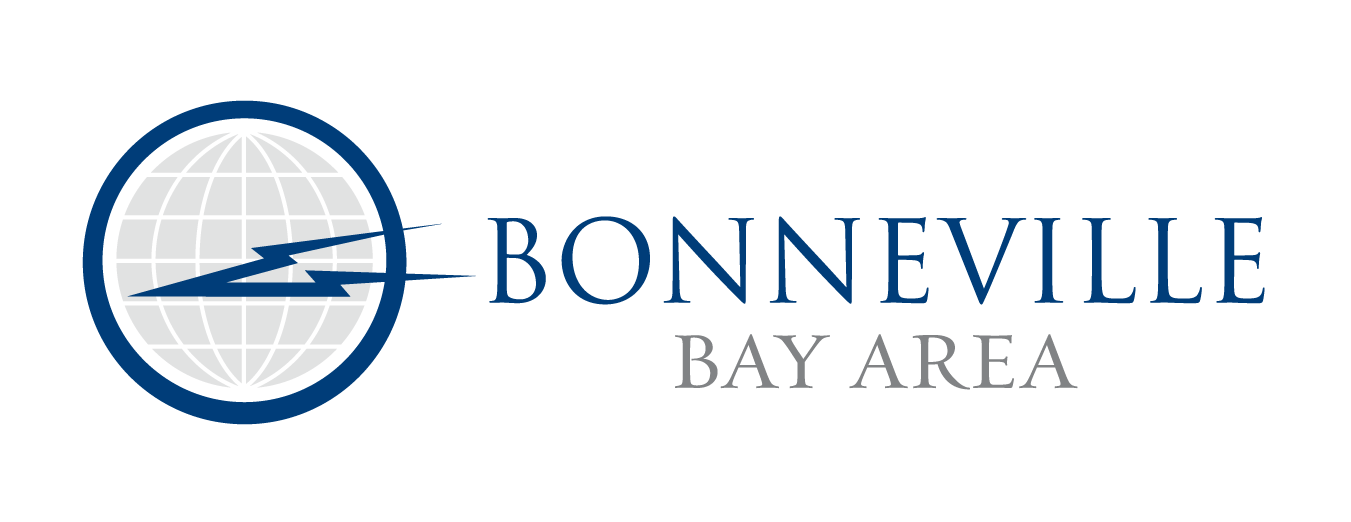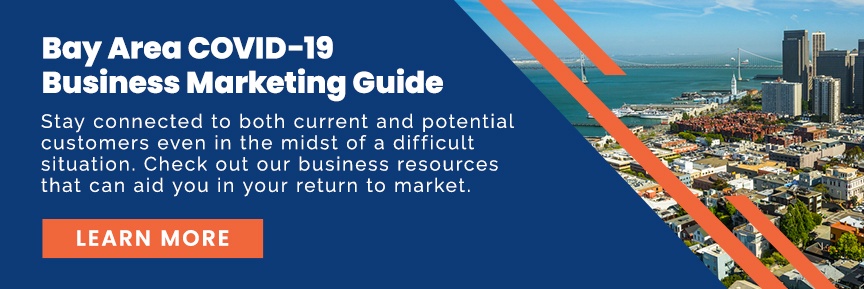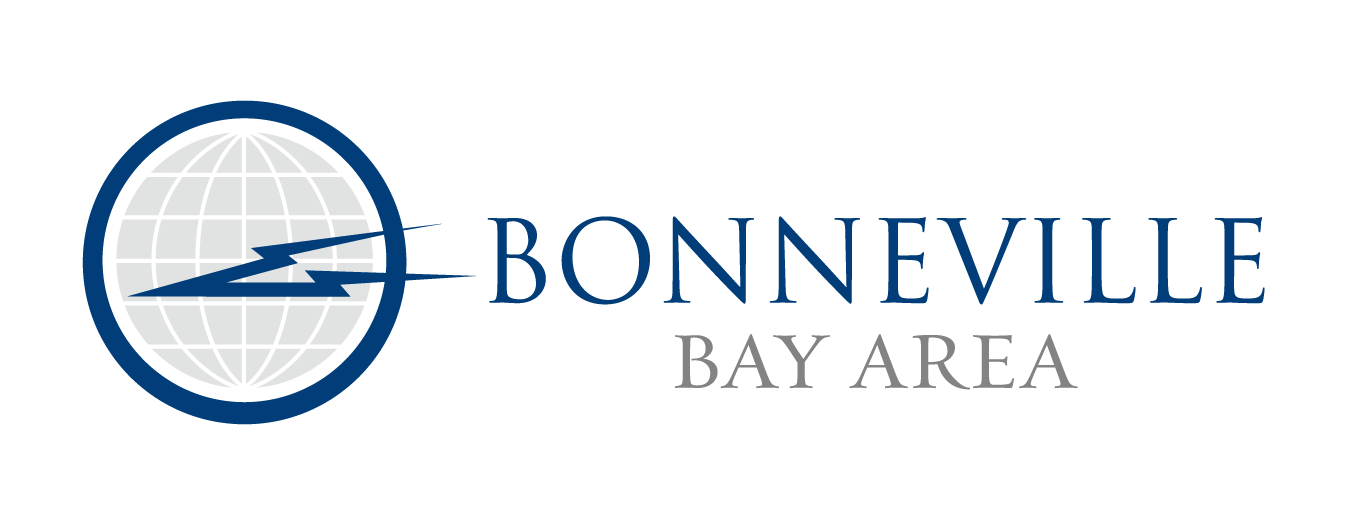 In response to the outbreak of COVID-19, states throughout the U.S. implemented "stay at home" or "shelter-in-place" orders to prevent the further spread of the virus. Now, many of these restrictions are gradually being lifted.
In response to the outbreak of COVID-19, states throughout the U.S. implemented "stay at home" or "shelter-in-place" orders to prevent the further spread of the virus. Now, many of these restrictions are gradually being lifted.
This is a time that requires a balanced, insightful approach on the part of marketers. Companies must develop content aligned to current consumer needs, concerns, and hopes to reach and positively engage with consumers.
Connect with Your Target Audience
Consumer habits have changed drastically. Over the past three months, American citizens (and citizens worldwide) have increasingly turned to the Internet as the preferred means of content consumption.
Several statistics confirm this logical trend; a study in late March found that total Internet hits had surged up to 70%. Research from Verizon indicated a 75% increase in gaming during peak hours.
The COVID-19 pandemic required a major adjustment in content delivery across all industries. As shelter-in-place orders gradually rescind, companies must again change their tactics to reach the broadest possible audience.
This means asking questions such as:
- How can we most effectively reach our target consumers?
- Will content consumption change with the lifting of shelter-in-place orders?
- How can we adjust to continue connecting with our target audience?
For example, as more and more people begin commuting to work again, radio ads that target consumers in the car will enjoy a proportional increase in reach and effectiveness.
Tailor Your Messaging to the Needs of Your Customers
Companies not only need to reach out to their customers through the right content delivery channels but also deliver messaging that positively resonates with consumers.
To develop optimal messaging during this transitional period, examine the following points:
- What are the current needs of customers now that restrictions are beginning to lift?
- Will customers require certain products or services more or less?
- How must business operations adapt to accommodate health and safety regulations? For instance, many restaurants are establishing limits on eat-in capacity, offering only outdoor seating, or focusing solely on delivery and take-out options.
- If less, how will you change your business messaging to focus on the benefits your product still provides? (E.g., companies like Instacart may begin to emphasize the convenience of their service over the potential health and safety benefits.)
As you tailor your messaging, remember to take the tone of your ads into account. Research from PepsiCo indicates that most consumers are attracted to empathetic, positive messaging. This means that you'll need to find a balance between logic and emotion in your marketing efforts. For example, a hair salon that's reopening may advertise its new safety guidelines (logic) while conveying a positive, hopeful tone now that patrons have more freedom to move about (emotion). Of course, the ultimate benefit to consumers is that they can (finally) get a professional haircut!
How to Develop Your Next Ad Creative
As you explore new ways to advertise your message, you'll need to continually audit your strategy, identify areas for improvement, and make adjustments accordingly. Here are some areas to focus on:
- Decide how your business will be serving customers now. Will you return to the old way of doing business, or will you continue to focus on innovative methods to change consumer habits? As an example, grocery retailers may continue to see a trend towards pick-up and delivery services.
- Figure out where you can most effectively reach your consumers if it's different from your current strategy. You have to follow your consumers' lead. If they begin migrating to radio again because of their work commute, then your advertising efforts should do the same.
- Expand your reach. You don't have to abandon one advertising channel to open another. Consider ways to expand your reach without losing ground that you've won over the past few months.
- Plan which stations and platforms will run your ad creative. During the stay-at-home orders, online channels like social media, company websites, and OTT advertising platforms were the preferred medium of communication. Now you may want to consider spreading out to forms of out-of-home (OOH) advertising, such as radio and billboards.
- Plan your messaging based on the new needs of your customers. Don't settle for outdated marketing content. Keep a pulse on your target audience's needs and develop your core content around new pain points.
Developing the Right Creative
The times are changing — but the need to develop the right creative for your audience remains unchanged. Mold your messaging around post-shelter-in-place needs, and you'll contribute to your business' growth and see revenue increase over the coming months.




